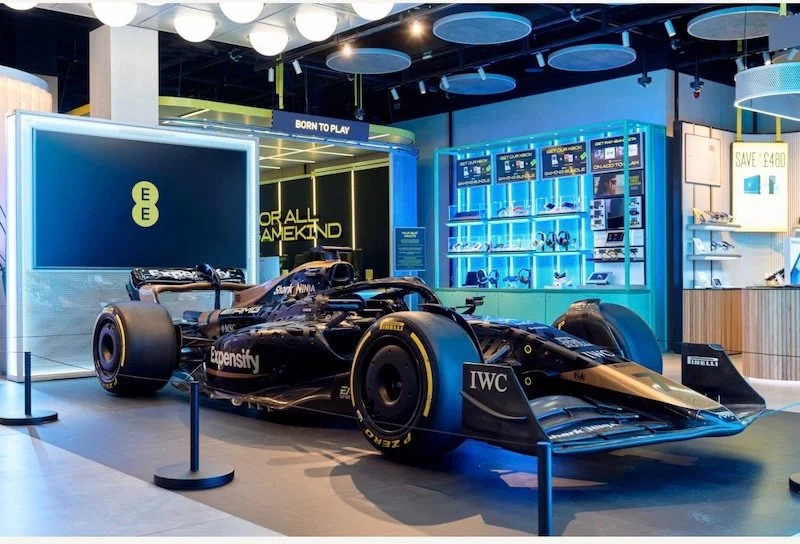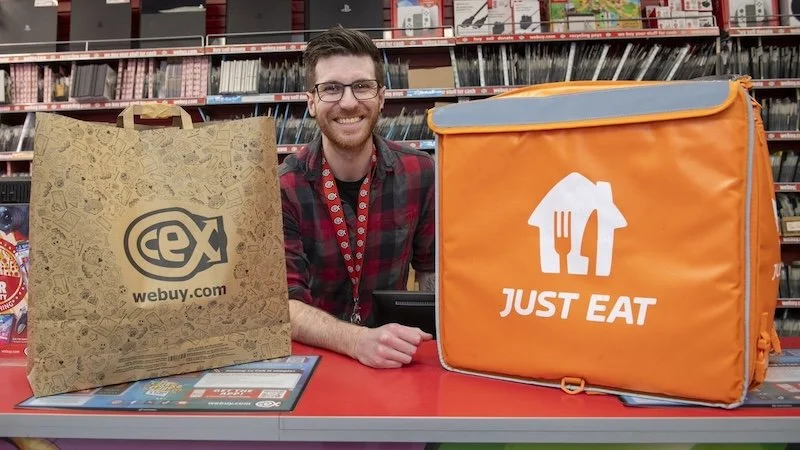Check out these small fixes that promise to improve retail operations
Retailers operate in a very fast-paced environment, and customers expect speed, accuracy, and good service with every visit or delivery.
However, many retail businesses now struggle due to messy workflows and inefficient backend processes caused by a lack of data systems. Fixing these small gaps can lead to better operations through the store. It can also mean that your employees can work better, and your customers will be happy.
Let’s have a look at this in more detail below:
Review Your Daily Routine
Start with the basics. How does your day actually flow? From opening checklists to inventory restocks and shift changes, small delays and unclear processes often create stress and slow down teams.
If your staff constantly stops to ask questions or look for supplies, that’s friction. If you’re manually entering data from a clipboard at the end of each day, that’s wasted time.
Write down the tasks that repeat every day. Then look at how many steps could be removed or simplified. Automating even one of them can free up hours each week.
Clean Up What the Customer Never Sees
The best-run retail stores don’t just look clean and organised. Their back rooms, systems, and supply chains run efficiently, too. That’s what keeps shelves stocked and teams focused on customers instead of chasing problems.
Waste is definitely a huge concern for retail stores. You have overstock, goods that go out of date, and excess packaging that is costly.
Many retailers choose to track sales closely, but fail to think about what happens behind the scenes. This can easily lead to bins overflowing and damaged stock. Or even missed pickups from waste disposal.
One way to reduce this is by using waste management software.
When waste is managed well, you save money and reduce clutter. It also improves safety and gives employees more space to work.
Train for Outcomes, Not Just Tasks
Training can sometimes be rushed in a retail store because it is extremely fast-paced. New hires will learn how to use tills and fold clothing, but it can't take a long time to get them to know the ins and outs. This means they can easily lack the contact that is needed to see the bigger picture.
They don’t always understand why speed matters or how one task connects to another.
Instead of teaching steps, train for results. Show what a well run store looks like and how each person contributes to that. Help staff see patterns and understand how to prevent common issues before they start.
When your team sees the full picture, they act with more ownership. They solve problems instead of waiting for instructions. And they help each other stay focused when things get busy.
Keep Improving One Step at a Time
Retail success depends on how well your systems support your teams. It's not about how much you're selling but how you're operating behind the scenes.
You need to ensure you have routines in place and fix one issue at a time. Whether it's implementing a manual process or addressing cleaning or waste, focus on making small, consistent improvements.
The best retail stores don't just work harder. They ensure they have a clean, fast, and smart environment.































Continue reading…